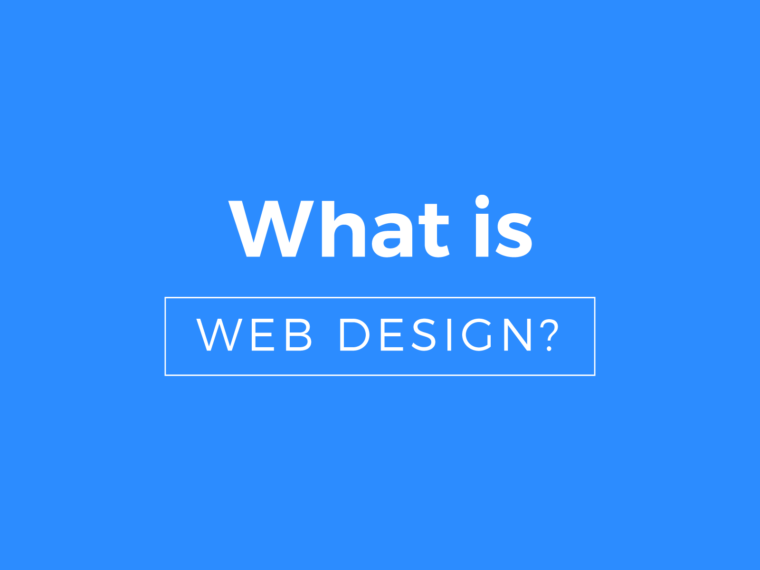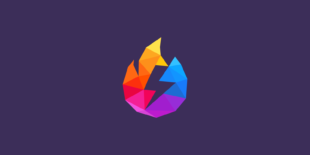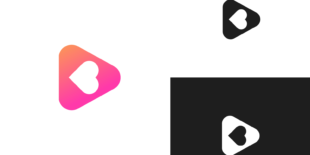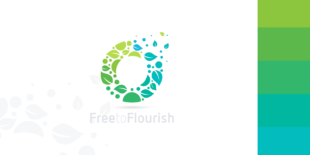Design refers to the process of receiving, aesthetically arranging and implementing data while following certain principles for specific purposes. Web design is similar to this the only difference is that the content is intended to be presented on an electronic webpage so that the end user can have access to it through their web browser. Some of the elements of web design include:
* Colour: The client and purpose of the job will determine the choice of color. It can range from multi-color to black and white designs, or designs that convey the brand of an organization, the personality of an individual, and making use of web safe colors.
* Layout: This refers to how the graphics, texts, and ads are arranged. Maintaining the integrity, balance, and consistency of the design help the individual find what they need at first glance.
* Content: To engage your audience through content marketing, a web designer must pay attention to the content and design. Written texts must give the users all the relevant information that they seek and not confuse them. It’s also important to optimize content for search engines.
Technological: Web designs must be fresh and innovative. Designers must follow every new technological advancement so that they are innovative and dynamic.






 15000 + Fiverr Reviews
15000 + Fiverr Reviews